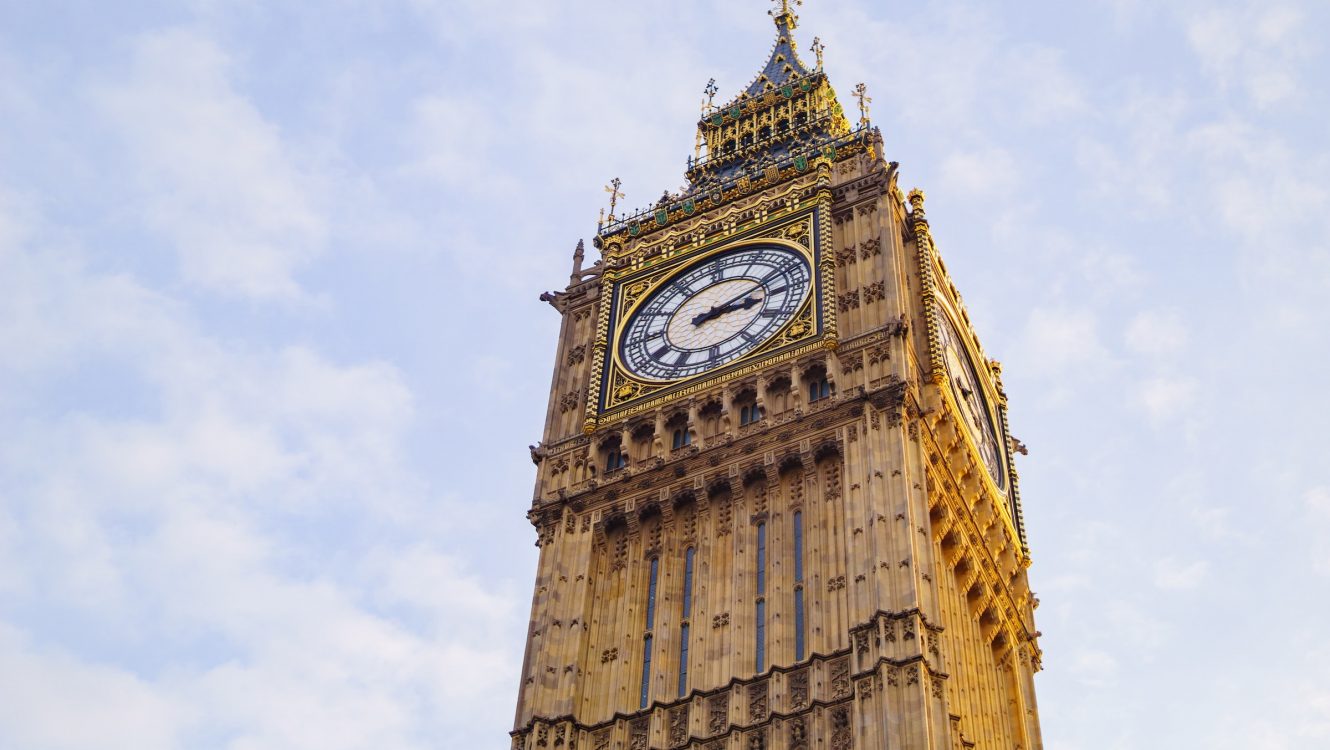Developed Nations Pledge €8.8bn to Green Climate Fund, But Critics Say It’s Not Enough
Bonn, Germany — As climate concerns take center stage in global dialogues, developed nations have come together to pledge $9.3 billion (€8.8 billion) to the Green Climate Fund (GCF) with a shared objective of assisting impoverished countries in mitigating climate change effects. However, the announcement, made at a conference in the German city of Bonn, has been met with mixed reviews.
The Green Climate Fund: A Beacon of Hope
The South Korea-based Green Climate Fund, initiated in 2010, is a premier global initiative aimed at financially backing developing nations as they strive to reduce emissions, grapple with the repercussions of climate change, and shift towards cleaner energy alternatives. The funds allocated during the Bonn conference are intended to sponsor projects in developing and emergent nations spanning the years 2024 to 2027.
The German government, leading by example, committed a generous €2 billion to the cause. Additionally, states such as Austria, France, Denmark, Ireland, and Liechtenstein have significantly bolstered their financial commitments. Denmark, Ireland, and Liechtenstein have commendably doubled their pledges from the last donor conference in 2019.
However, notable by its absence was a fresh pledge from the United States. Although President Joe Biden previously declared $1 billion (€950 million) in climate finance for developing nations earlier this year, this absence from the most recent round of commitments has raised eyebrows.

Criticism
Despite the substantial figures being committed, the prevailing sentiment among non-governmental organizations (NGOs) is one of discontent. Their contention is that the current pledges are insufficient to counteract the devastating climate impacts on the world’s most vulnerable populations.
Harjeet Singh, spearheading the global political strategy at the Climate Action Network International, expressed his disapproval, particularly highlighting the conspicuous silence of the United States. He described it as “glaring and inexcusable.”
Backing this sentiment, Liane Schalatek of the Heinrich Böll Foundation in Washington emphasized that developed countries must step up their game. She stated, “Developed countries are still not doing their part to help developing countries and affected people and communities with urgent climate actions.”
COP28: The Road Ahead
The commitment to climate funding will undoubtedly be a focal point of discussions at the upcoming UN Climate Change Conference, COP28, scheduled to commence in Dubai at the end of November. As anticipation builds, Sultan Al Jaber, the president-designate of COP28, has already voiced concerns, stating that the present level of replenishment falls short of the exigencies of the current global climate scenario.
Svenja Schulze, the German Minister for Economic Development, echoed this sentiment and made a fervent appeal for more nations to make meaningful contributions. Schulze also pointed out that not only industrialized nations, but also countries that have historically profited from fossil fuels and emerging nations with substantial carbon footprints, such as China, should take responsibility.
Conclusion
As global temperatures rise and climate calamities become more frequent, the commitment of wealthy nations to financially support those most vulnerable becomes ever more crucial. While the pledges at the Bonn conference are a step in the right direction, many believe that a more concerted and inclusive effort is imperative to truly combat the looming climate crisis. The upcoming COP28 conference is expected to further illuminate the path forward, but for now, the call for more substantial action remains loud and clear.
©globalgreenhouse.eu




















